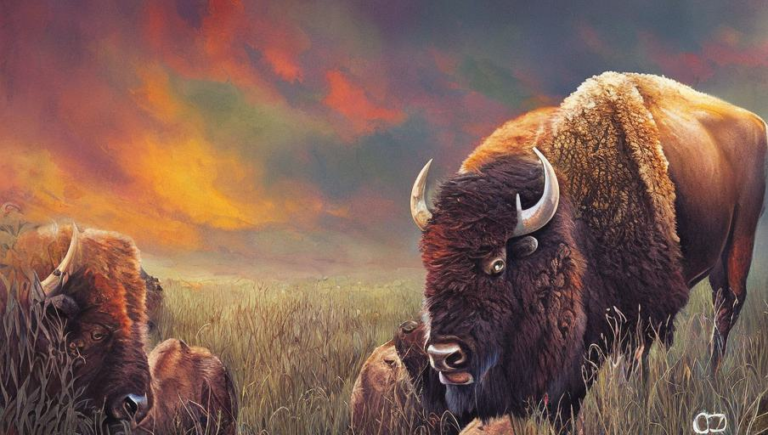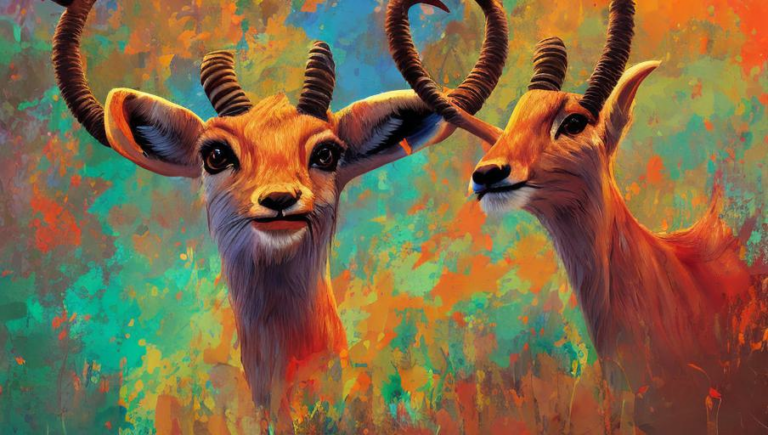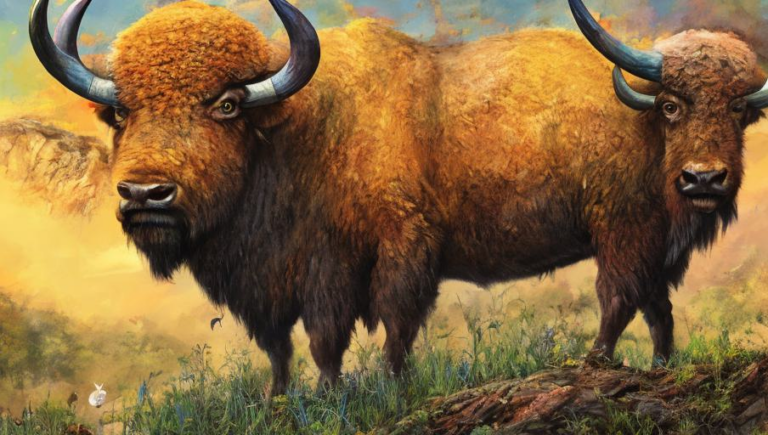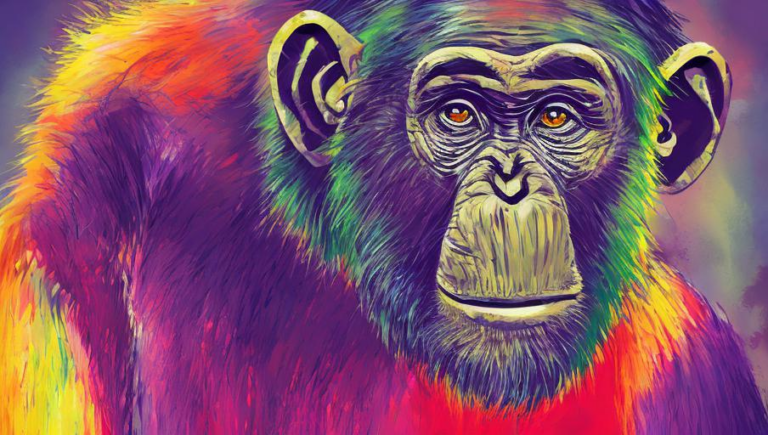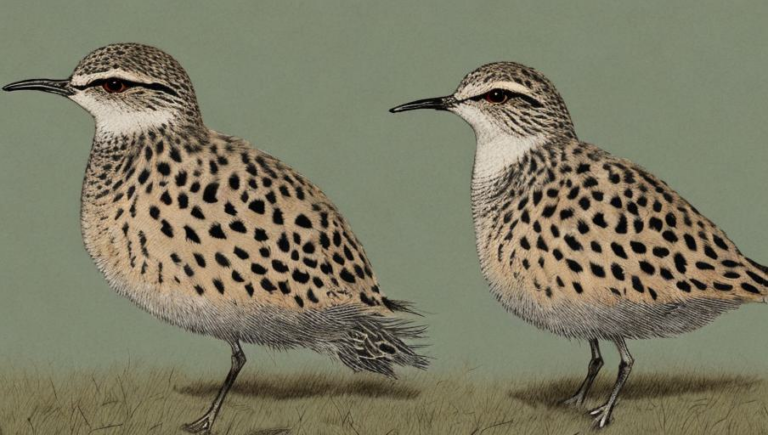Beauty of the Deer
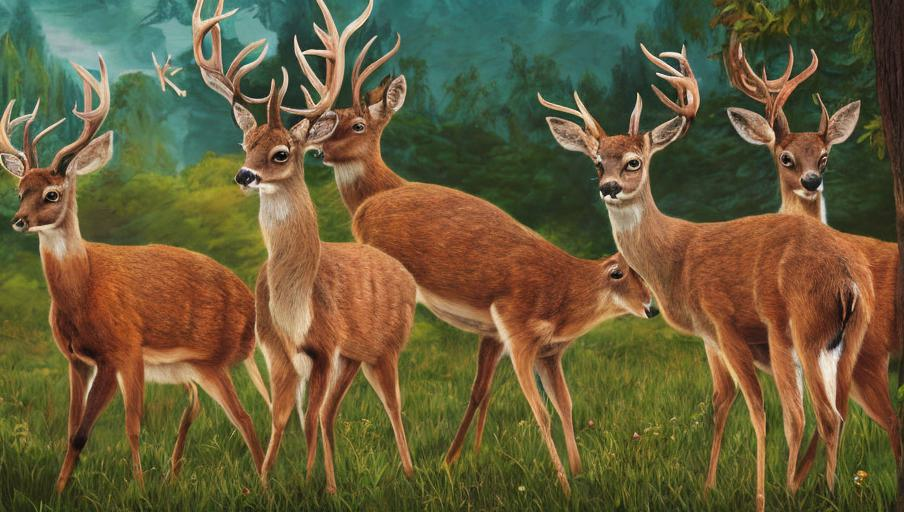
Introduction
Deer are some of the most graceful and beautiful animals on the planet. Found in every continent except Antarctica, deer have a unique and elegant presence in the wild. From their majestic antlers to their expressive eyes and gentle movements, deer have long been admired by humans and other creatures alike.
Types of Deer
The most common type of deer is the white-tailed deer, which can be found in North America, Central America, and South America. Other species of deer include the mule deer, sika deer, elk, reindeer, moose, and caribou.
Deer Habits
Most deer are herbivores and prefer to eat grass, leaves, berries, nuts, and other plant material. They are also very social animals, living in small herds, with the males often leaving the herd during the breeding season. Deer are also known for their amazing ability to run and jump over obstacles, due to their strong hind legs and long legs.
Deer in Mythology and Culture
Deer have been prominent figures in mythology, art, and literature for centuries, and they are seen as symbols of grace, beauty, and strength. In some cultures, deer are seen as a symbol of fertility and are often associated with the moon and goddesses. Deer are also a prominent figure in Native American mythology, where they are often seen as a symbol of protection and guidance.
Deer Conservation
Unfortunately, many species of deer are under threat due to hunting, habitat loss, and climate change. It is important to protect deer and their habitats in order to ensure their long-term survival. Conservation efforts include the establishment of protected areas, the reduction of hunting pressure, and the reintroduction of species into their natural habitats.
Conclusion
Deer are some of the most beautiful and graceful animals in the world. From their majestic antlers to their expressive eyes, deer have long been admired by humans and other creatures alike. In addition to their beauty, deer have a place in mythology and culture, and it is important to protect them and their habitats to ensure their long-term survival.
